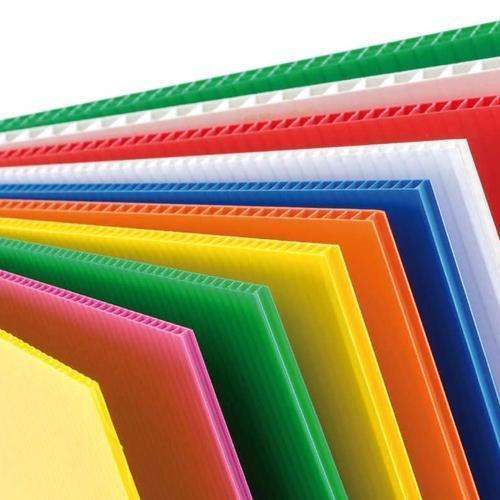PP hollow board and calcium plastic board are commonly used materials in many industries such as packaging, advertising, and construction. They have different properties and uses, and it's important to distinguish between them to ensure you use the right material for your specific needs.

One way to distinguish between calcium plastic board and pp hollow board is by their composition. Calcium plastic board is made from a combination of calcium carbonate and PVC resin, while pp hollow board is made from polypropylene (PP) plastic. Calcium plastic board is known for its high stiffness and strength, while pp hollow board is lightweight and has good impact resistance.
Another way to tell the difference is by their appearance. Calcium plastic board has a smooth surface and can have a matte or glossy finish. It also comes in a wide range of colors and can be printed on. Hollow board has a corrugated structure with fluted channels running parallel to each other. It's usually white or a translucent color, and can also be printed on.
In terms of usage, calcium plastic board is often used in applications that require high stiffness and strength, such as signage, furniture, and construction. Hollow board is commonly used in packaging applications, such as boxes and crates, as well as in advertising displays.

In conclusion, it's important to understand the differences between calcium plastic board and hollow board in order to select the appropriate material for your specific needs. By considering their composition, appearance, and usage, you can make an informed decision that will ensure the success of your project.